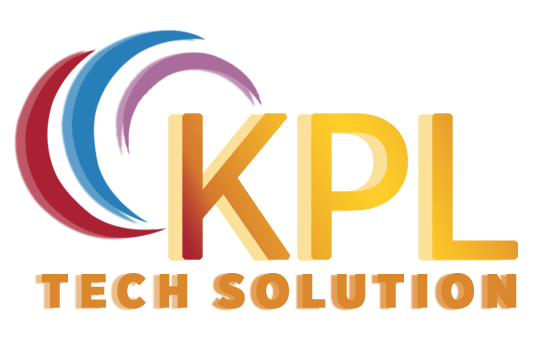

Technical SEO refers to website and server modifications that assist search engine spiders crawl and indexing your site more efficiently (to help improve organic rankings).
Checklist for Technical SEO
Technical SEO is the work you need to do to ensure your website has those technical attributes — for example, a secure connection, a responsive design, or a quick loading time — and it's the work you need to do to ensure yours does.
Below is a checklist of essential practices to ensure your technical SEO is up to par. By following these rules, you may help ensure that your site's security and structure satisfy the expectations of search engine algorithms and that your site gets rewarded in search results.
Use SSL
Using SSL (Secure Sockets Layer), a secure connection is established between a web server and a browser. You can tell if a website is utilizing SSL since the URL begins with 'HTTPS://' rather than 'HTTP://.'
Google said in 2014 that they wanted to see HTTPS everywhere and that secure HTTPS websites would be given preference in search results over non-secure ones.
As a result, it makes sense to ensure that your website is secure wherever possible. It is possible to do so by installing an SSL certificate on your website. However, most top web developers now integrate SSL by default.
Ensure You Have A Mobile-Friendly Website.
Second, on the technical SEO checklist is to have a site that is mobile-friendly. Responsive website design adapts automatically to any device, which makes it easy to explore and read as well.
Google makes it obvious that having a responsive website is a significant ranking indication for its algorithms. A flexible website is now more vital than ever, thanks to Google's new mobile-first approach to indexing information.
As a result, it's a good idea to ensure your website is responsive and displays in the best possible way for mobile, tablet, and desktop viewers.
Speed Your Site Up.
Search engines consider page speed a significant ranking signal, which prefers sites that load quickly.
You may speed up your site in several ways:
- Make use of quick hosting.
- Use a DNS (domain name system) supplier that is quick.
- Reduce the number of 'HTTP requests' by limiting the use of scripts and plugins.
- Instead of using several CSS stylesheets or inline CSS, employ a single CSS stylesheet (the code that tells a website browser how to display your website).
- As much as possible, make your image files as tiny as possible (without being too pixelated)
- A digital marketing company must reduce the size of its web pages (this can be done using a tool called GZIP)
- Remove any extra spaces, line breaks, or indentations from your HTML, CSS, and JavaScript code.
Resolve Duplicate Content Issues.
Users (and search engine algorithms) can be confused by duplicate content, which can also be exploited to influence search rankings or gain more traffic.
As a result, search engines aren't fond of it, and Google and Bing recommend that digital marketers must rectify any duplicate content concerns they uncover.
- Preventing your CMS from publishing multiple versions of a page or post can help you avoid duplicate content issues. (For example, disabling Session IDs where they are not vital to the functionality of your website and getting rid of printer-friendly versions of your content).
- Using the canonical link element informs search engines about the location of your content's main version.
Creating An XML Sitemap Is One Of The Best Practices In A Technical SEO Checklist
An XML sitemap is a file that enables search engines to analyze your website and comprehend it. Think of it as a sort of search roadmap,' telling search engines where each page is located.
It also includes essential information about each page on your site, such as
- when it was last changed,
- what priority it holds on your site, and
- how often it is updated.
- Your XML site is built automatically in Bigcommerce; if you're using another platform, you'll need to employ a sitemap generator to create one.
Conclusion!
An effective technical SEO approach is critical to the success of any SEO plan. In order to establish a technically optimum website, internal linking and website loading times must be flawless. Faults and misconceptions in technical parameters should be verified on a regular basis so that they can be discovered and fixed quickly.
